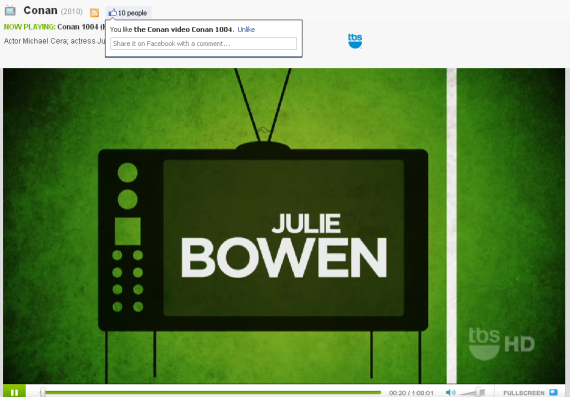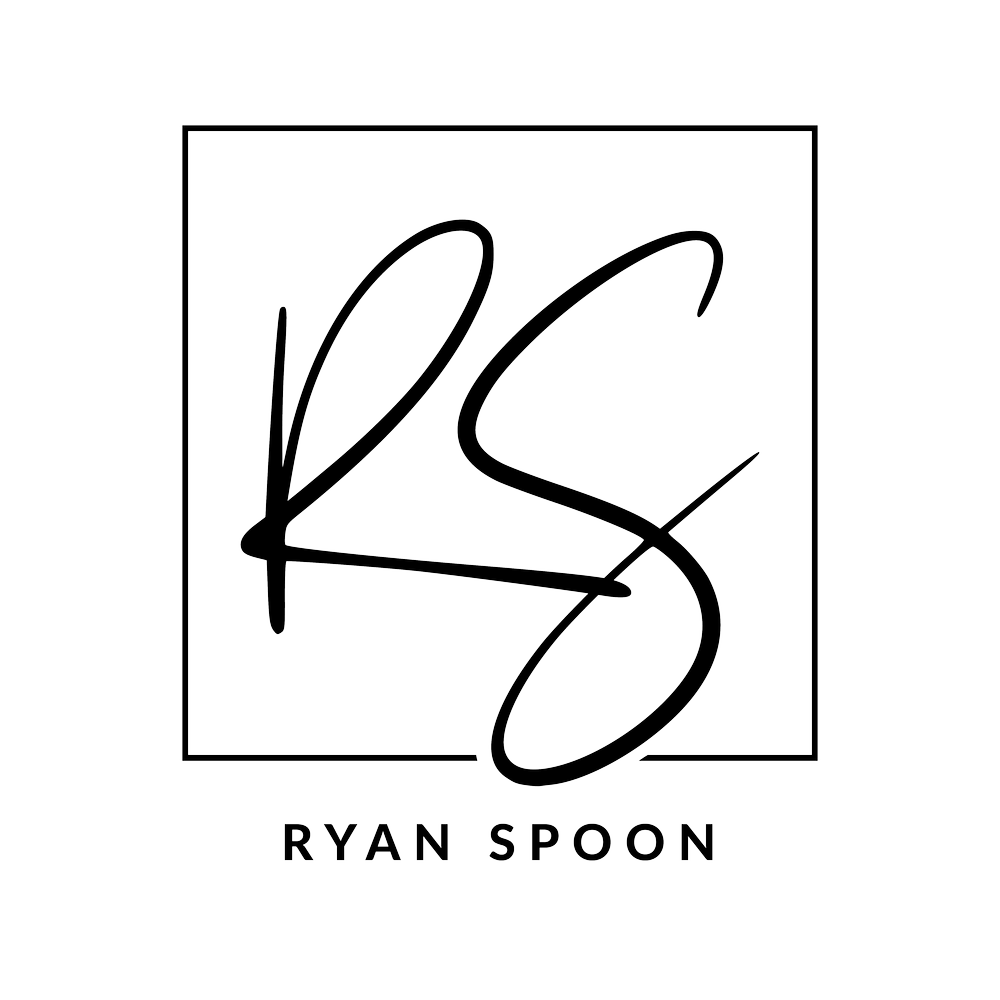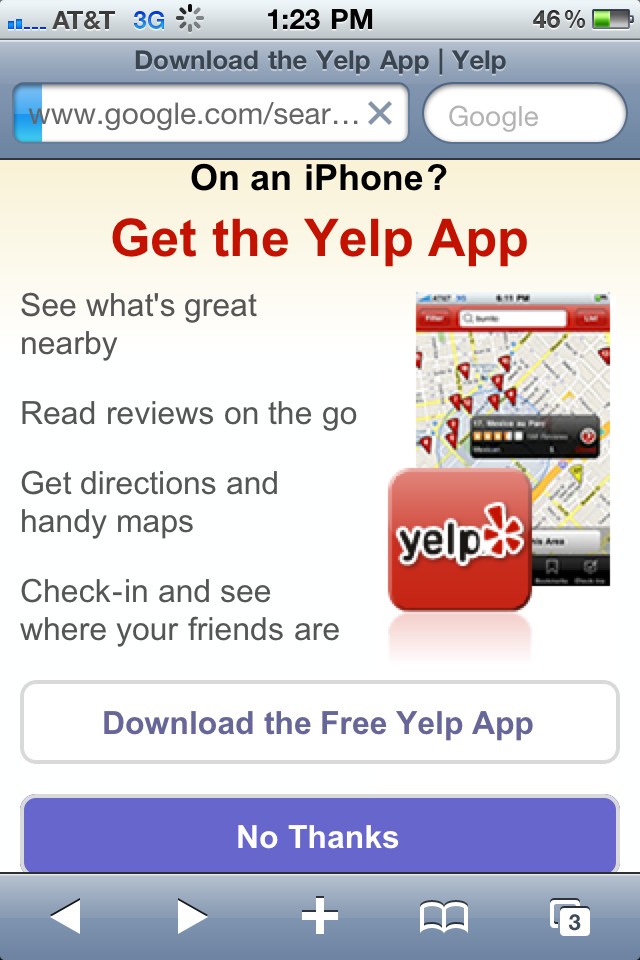It is popular to hate Comcast: mostly because so many of us spend lots of money with them ... and have few choices otherwise. Between cable, internet and phone, the monthly Comcast bill can be one of your largest recurring payments (behind house / rent and car). But let's give Comcast some credit: they are releasing better products (even if it should have happened sooner). Two examples:
1. Xfinity.tv: effectively Comcast's on-demand product with a deeper library and access to your home DVR. Quality is excellent and the library is extensive. For Comcast subscribers, this makes you think twice about Hulu Pro and Netflix (additional monthly bills). Also worth noting: Xfinity.tv does a pretty good job integrating Facebook and works very well on Google TV:

2. Comcast's iPhone & iPad Applications
It arrived much later than DirecTV's - but the applications are certainly useful. It has several features which are probably unused for most (Comcast email, phone, etc), but the TV Guide and DVR control are great. And for the Xfinity application, the ability to control your television is terrific (and is a challenge to high end bluetooth / IR remote control systems).
These two products (and the ad campaigns supporting them) demonstrate that Comcast is thinking / worried about the migration from TV to web, mobile and tablet. It also demonstrates the impact that Netflix, Hulu and others represent.









